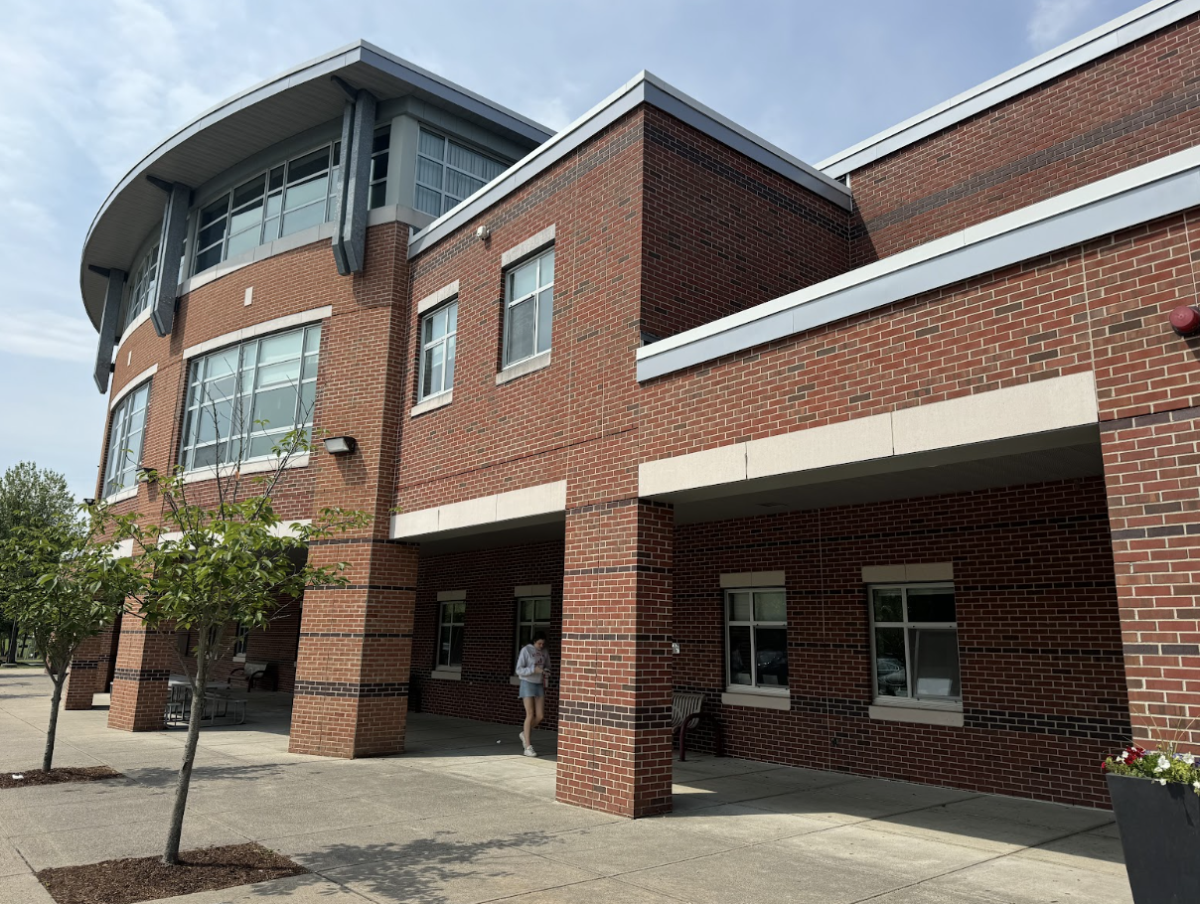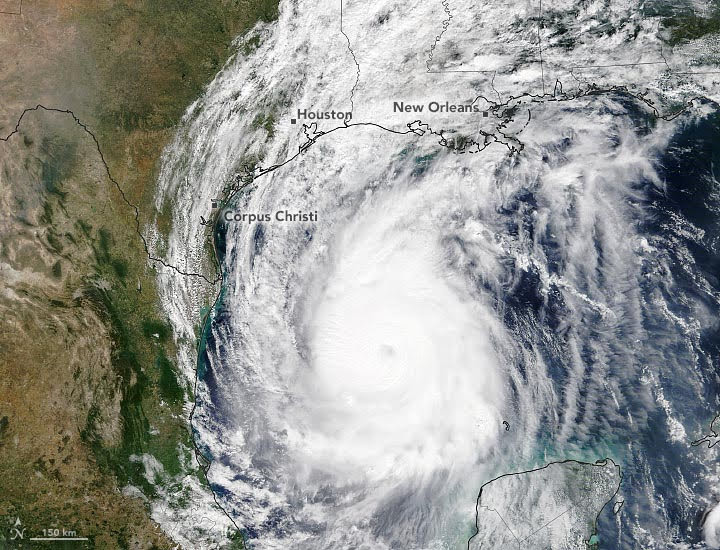2020’s Record Breaking Hurricane Season is Not Over Yet
The NASA Moderate Resolution Imaging Spectroradiometer (MODIS)
Hurricane Delta moves towards Louisiana on October 8, as a Category 2 storm.
October 18, 2020
The 2020 hurricane season has been one to go down in history. The National Oceanic and Atmospheric Administration (NOAA) initially predicted an active season, with 14-18 tropical storms for 2020, but we have already far surpassed this estimate. This year has seen 25 named storms, six hurricanes, and three major hurricanes (the seasonal prediction is roughly 12 total named storms). Here are all the records 2020 has broken so far:
- 22 out of the total 25 storms (all besides Arthur, Bertha, and Dolly) set new records for the earliest storm of that letter ever formed.
- 10 storms have made landfall in the U.S. so far, beating the previous record of nine
- September 18 was the first time in over 100 years (since 1893) that three named storms formed in 24 hours. The hurricanes were Wilfred, Alpha, and Beta.
- 10 storms formed in September, the highest number of named storms in September on record
- In August, the NOAA raised its prediction to 25 named storms for 2020, the highest number ever predicted for a single year.
- Only the second year that the storm naming system has run out of alphabet names and switched to greek letters, with the first time being in 2005. 2005 currently holds the highest number of named storms on record: 28.
The most powerful hurricane this year has been Hurricane Laura, which saw winds upwards of 150 mph and hit Louisiana as a Category 4 hurricane on August 27, killing at least 27. At a close second is Hurricane Delta, which formed on October 5 and made landfall on October 9. According to CNN, Delta saw the quickest growth in wind speed in 24 hours by a storm this year, growing from a tropical depression to a Category 4 hurricane in just 30 hours.
The unusually active hurricane season has had a detrimental impact on affected areas, with more than 140 deaths and thousands displaced. The costs have been immense, with $6 billion from Hurricane Isaias, $10-12 billion from Laura, and $8-10 billion from Sally. COVID-19 worsens the situation as the Center for Disaster Philanthropy notes, “disaster and emergency resources are stretched extremely thin as a result of COVID-19.” Health restrictions necessary in a pandemic make it difficult to provide proper shelter for hurricane refugees while maintaining social distancing and the response groups responsible for cleaning up hurricane damage will be “severely limited” due to many members being senior citizens in the high-risk category for coronavirus. Additionally, it is even harder for those impacted by hurricanes to support themselves, with the ongoing economic crisis caused by COVID-19. Junior Avery Marchand is concerned about the lack of political control, saying, “Right now is one of the deadliest hurricane seasons, and our resources are much less from COVID. This is the time we need our political leaders to step up and take control of the situation, but that doesn’t seem to be happening, especially when our President doesn’t even believe in climate change.”
Climate change is indeed making hurricanes deadlier. According to The Union of Concerned Scientists, warmer ocean water leads to more intense storms, and higher sea levels give storm surges a higher starting point. Warmer temperatures also allow hurricanes to travel farther north than before, giving them more potential for destruction. And although the hurricane season is officially between June 1st and November 30th, it is not unheard of for storms to develop outside of this period. In the future, milder winters mean that hurricane seasons will get longer and more dangerous. Junior Alex Denning recognizes the importance of taking steps to mitigate climate change to protect against future hurricanes. She thinks it is “sad that southern cities and states are being ravaged by hurricanes… climate change affects people all over the world and can have devastating affects.”
As for the rest of this year, what is in store? It’s hard to know for sure right now, but Philip Klotzbach, research scientist and hurricane specialist at Colorado State University, says “La Niña conditions combined with a warm Caribbean lead to active Octobers in the Caribbean Sea.” In conjunction with this statement, long-range computer models at KXAN News predict a Caribbean hurricane developing next week that could potentially hit Florida or the East Coast. And the season is not done yet: we still have a month and a half. All in all, we can expect about four more named storms this season. If predictions follow through, this would bring us to Tropical Storm Theta, the record-breaking 29th storm of the season!

































